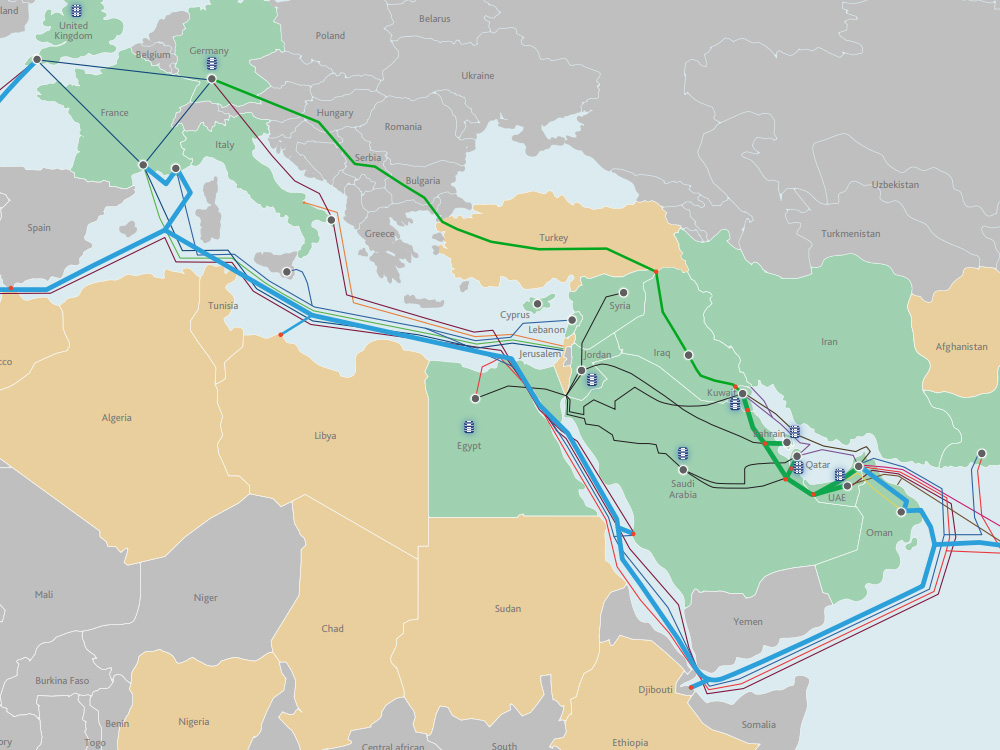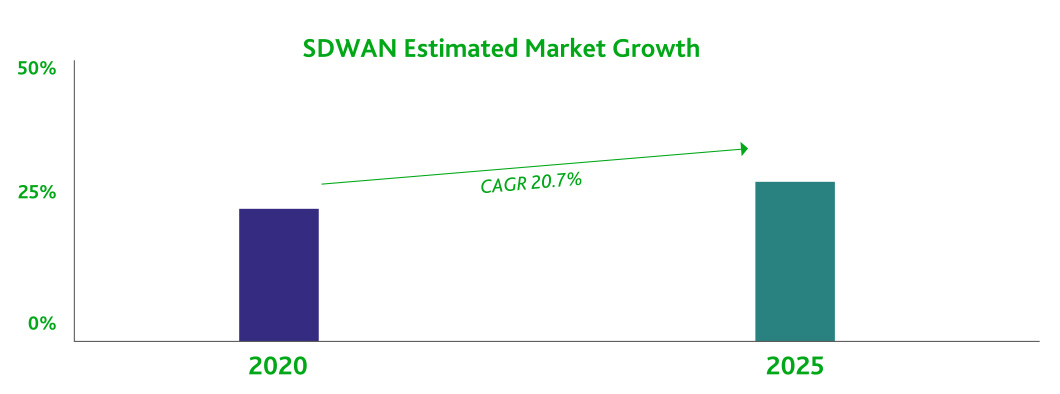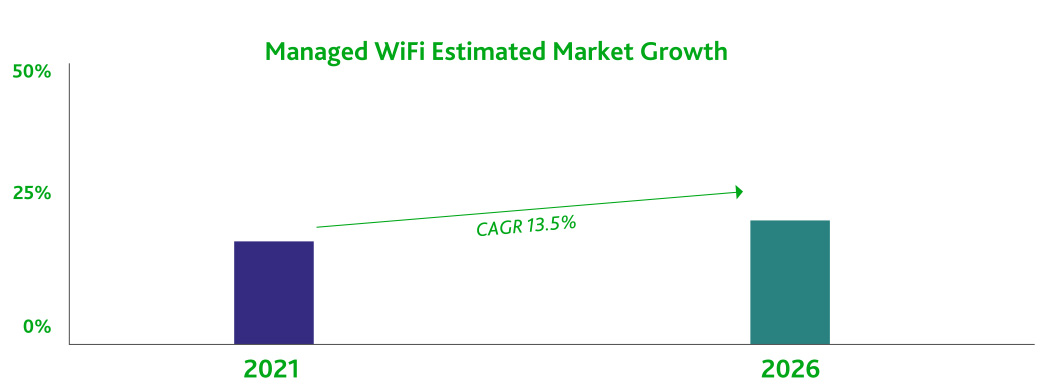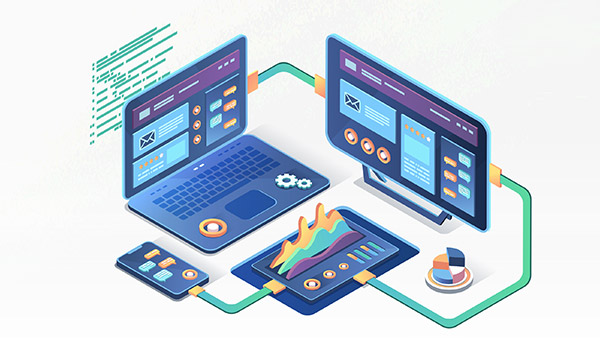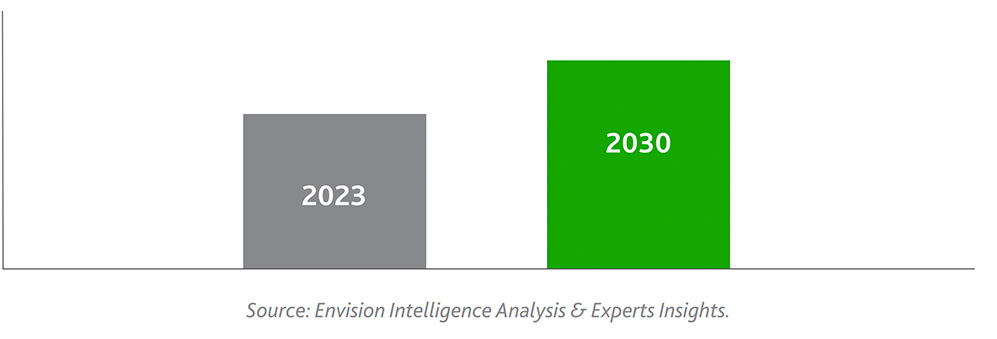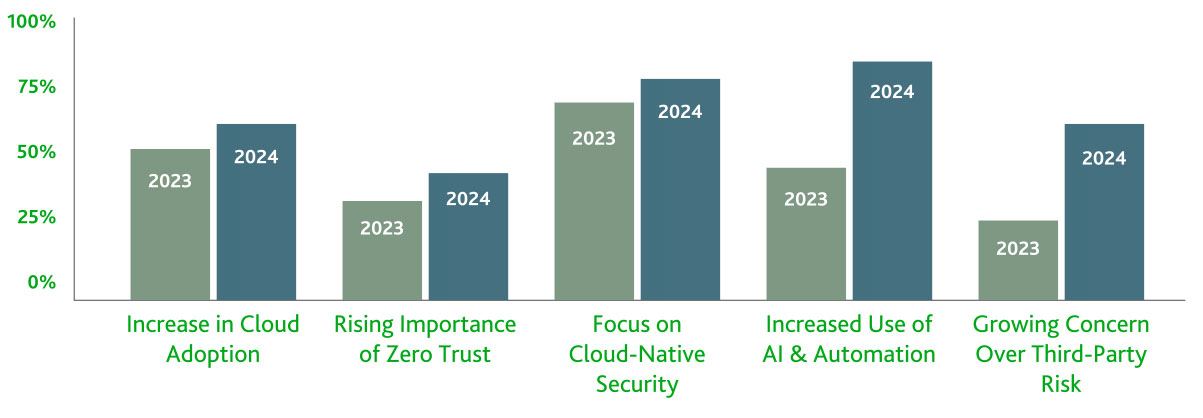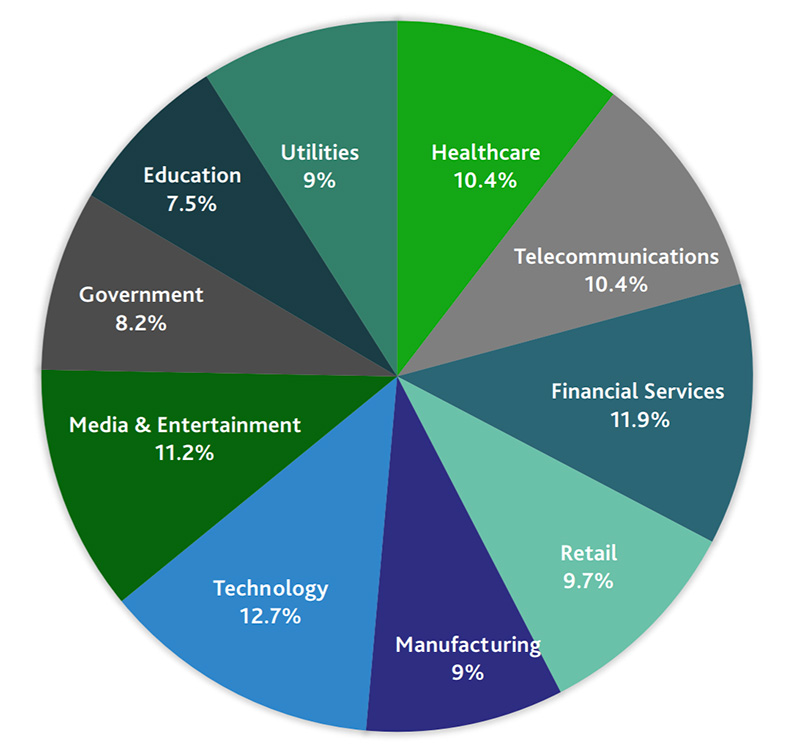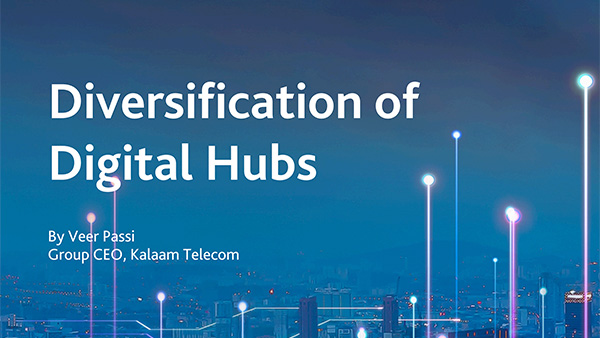Unlock the Potential of Your Business with a Secured, Fast, and Next-Generation Wi-Fi Network
In today’s fast-paced digital world, a slow and unreliable Wi-Fi network can spell disaster for any business. The cost of lost productivity and unhappy customers can be devastating. But it’s not just about speed and reliability, security is just as crucial in today’s cyber-threat landscape. With a next-generation Wi-Fi network, businesses can unlock their full potential and reach new heights. In this blog, we’ll explore the benefits of upgrading to a secure, fast, and next-generation Wi-Fi network and why it’s the key to business success.
Why Upgrade to a Next-Generation Wi-Fi Network? A next-generation Wi-Fi network is the solution to the challenges faced by businesses today.
Here’s why:
Enhanced Security – Protect Your Business from Cyber Threats Cyber threats are a real and growing concern for businesses of all sizes. With a next-generation Wi-Fi network, you can protect your sensitive information and keep your business safe from cyber attacks. With advanced security features such as encryption, firewalls, and intrusion detection, a next-generation Wi-Fi network provides the peace of mind you need to keep your business secure.
Lightning-Fast Speed – Supercharge Employee Productivity Speed is essential for businesses looking to stay competitive. With a next-generation Wi-Fi network, you can say goodbye to slow and unreliable Wi-Fi and hello to lightning-fast speeds that keep employees productive and focused. With fast Wi-Fi speeds, employees can complete their tasks quickly and efficiently, freeing up time for other important tasks.
Scalability for the Future – Be Prepared for Business Growth As your business grows, so will your Wi-Fi needs. A next-generation Wi-Fi network is designed to scale with you, ensuring you’re always ready for the future. With the ability to easily add new devices and users, a next-generation Wi-Fi network will keep your business connected, no matter how big you grow.
Delight Your Customers – Provide a Seamless Wi-Fi Experience A seamless Wi-Fi experience is essential for keeping customers happy and coming back for more. With a next-generation Wi-Fi network, you can deliver fast and reliable Wi-Fi that keeps customers connected and satisfied. This can lead to increased customer satisfaction and loyalty, driving growth and success for your business.
Drive Business Success – Unlock Your Business’s Full Potential A fast, reliable, and secure Wi-Fi network is the key to business success. With enhanced productivity, satisfied customers, and future-proof scalability, your business is set for growth. Investing in a next-generation Wi-Fi network is a must for businesses looking to unlock their full potential and drive growth.
Investing in a next-generation Wi-Fi network is a must for businesses looking to unlock their full potential and drive growth. With its combination of speed, security, and scalability, a next-generation Wi-Fi network is the key to business success in today’s digital world. Whether you’re a small start-up or a multinational corporation, a next-generation Wi-Fi network can help you scale and reach new heights. With the ability to support remote work, accommodate global teams, and securely connect employees and customers no matter where they are in the world, a next-generation Wi-Fi network is the solution businesses need to succeed in today’s fast-paced and ever-changing digital landscape. Don’t settle for slow and unreliable Wi-Fi. Take the first step towards business success and upgrade to a secured, fast, and next-generation Wi-Fi network today.
Ray stands at the forefront of enterprise networking innovation, revolutionizing how businesses connect since 2016. Through its intelligent cloud-first platform, Ray One, the company transforms the interaction between people and machines, delivering seamless, high-quality wireless connectivity from cloud to endpoint. Ray doesn’t just build networks – it empowers organizations to scale their ambitions while simplifying and securing the digital connections that drive modern business transformation.
Disclaimer: The opinions expressed in the above article reflect the perspectives of the author and are not necessarily by Kalaam Telecom. Additional information provided below is authored by Kalaam.
Kalaam Telecom, in partnership with Ray, delivered managed WiFi solutions for multiple branches of a global coffee franchise based in Bahrain. The solution featured an intuitive guest portal, enabling seamless internet access for more patrons and enhancing their digital experience. With centralized management and proactive support from Kalaam, the coffee chain ensured reliable, high-speed WiFi across 30+ locations, driving customer satisfaction and loyalty. Get in touch with us to know more about Kalaam’s Managed WiFi Solutions with Ray.
Blog



